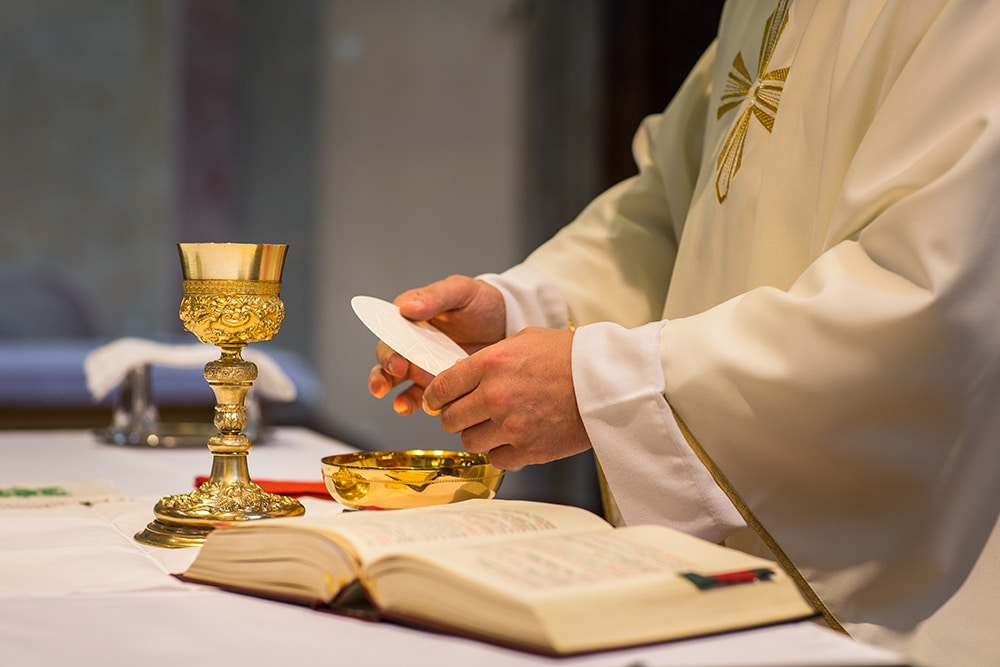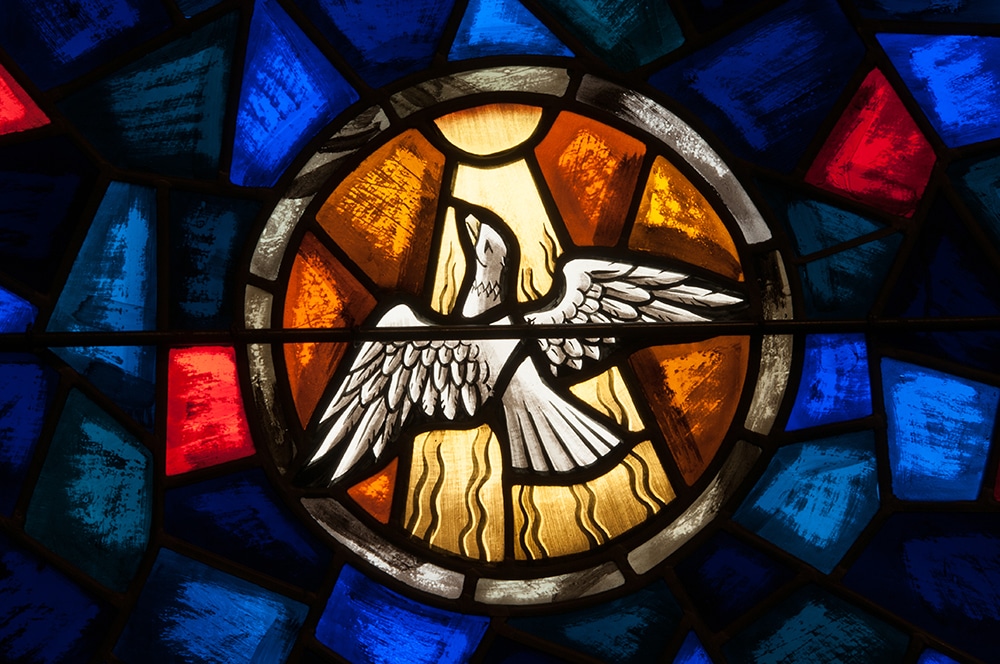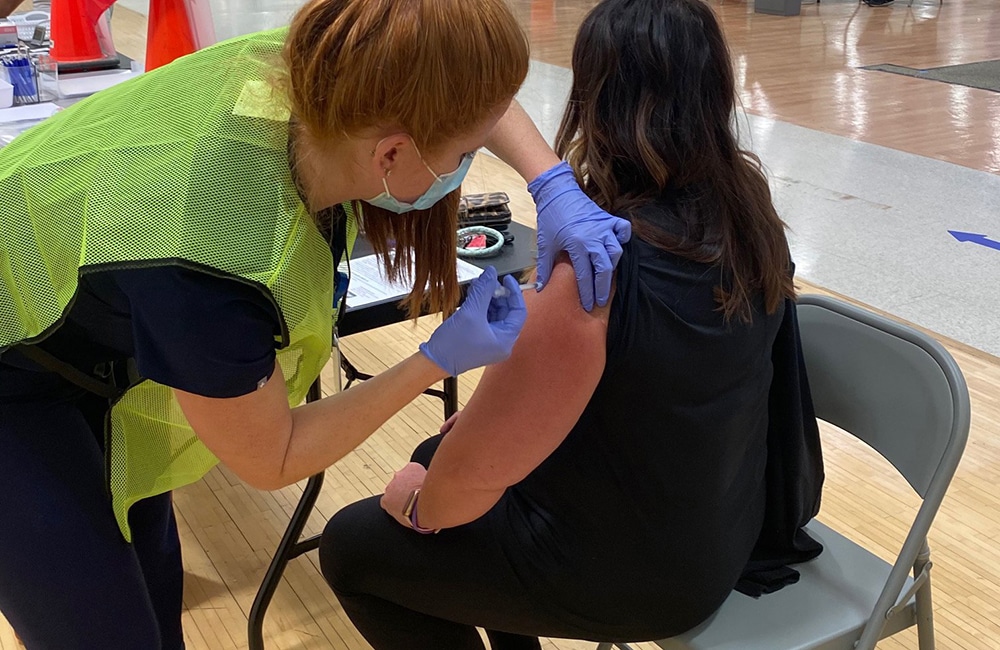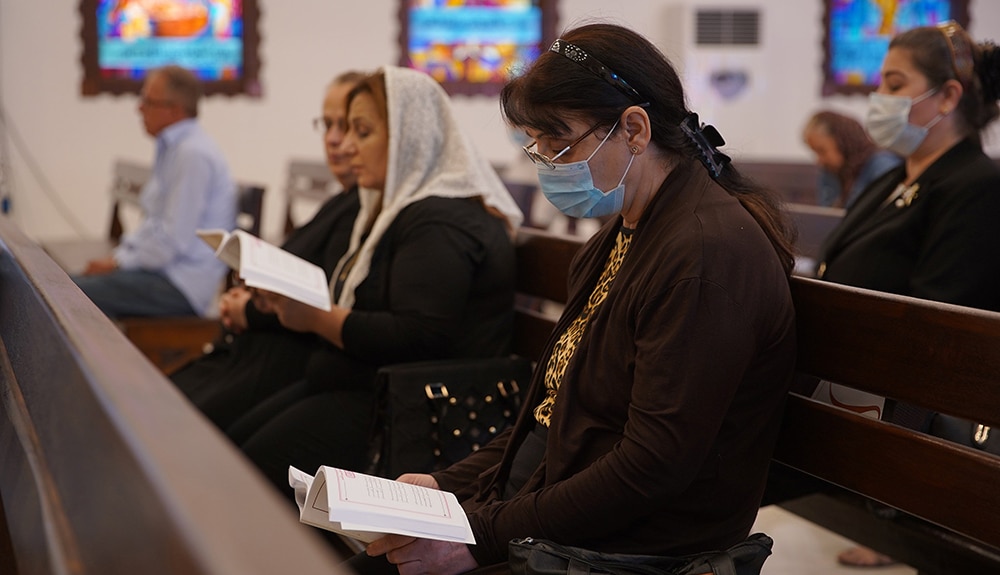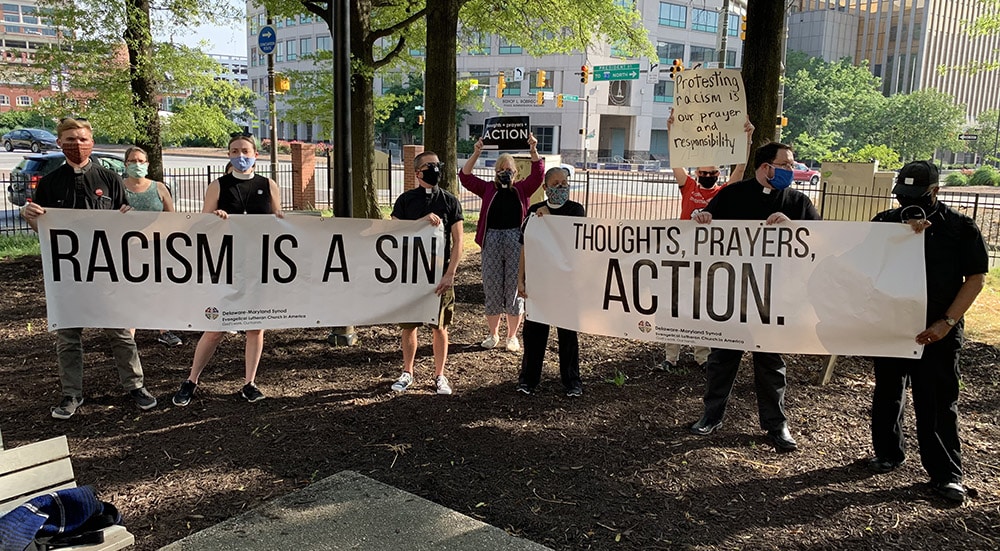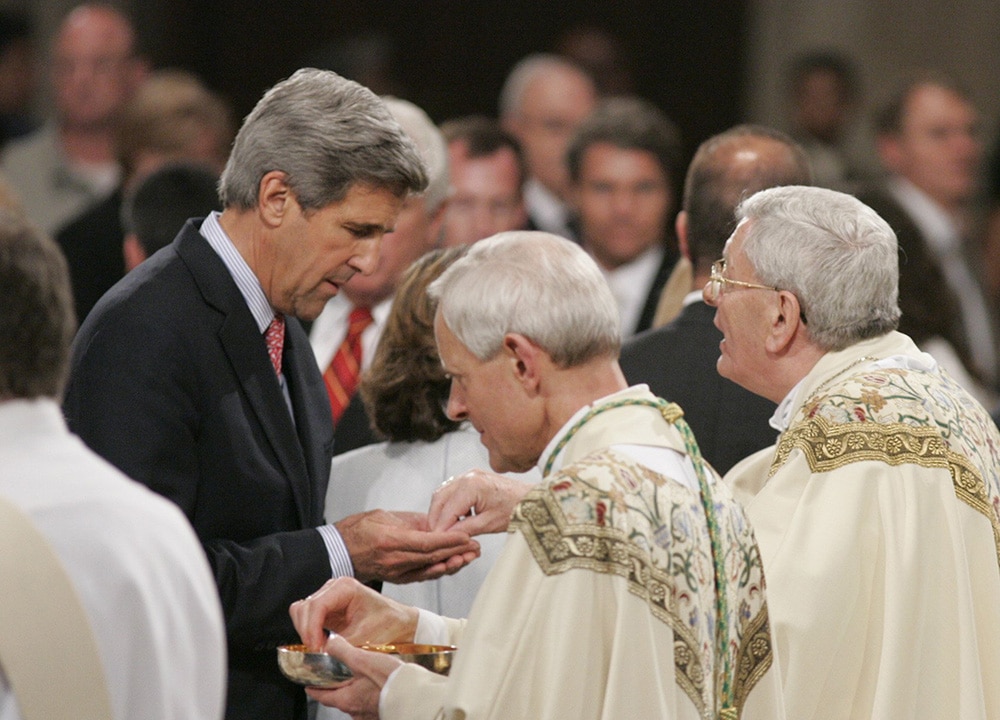 Question: A recurring dilemma comes when I must defend, before others, the Real Presence of the sacrament of the Lord’s living body in light of the phenomenon of celiac’s disease and alcoholism. It seems most reasonable to presume that nothing of the old natures exists after consecration, as taught by the formal dogmas of the Orthodox and Latin Catholic creeds. If it is truly the whole Christ consumed and nothing remains but the accidents of both bread and wine, how is it that the human body responds as if any of the substances of the accidents remain?
Question: A recurring dilemma comes when I must defend, before others, the Real Presence of the sacrament of the Lord’s living body in light of the phenomenon of celiac’s disease and alcoholism. It seems most reasonable to presume that nothing of the old natures exists after consecration, as taught by the formal dogmas of the Orthodox and Latin Catholic creeds. If it is truly the whole Christ consumed and nothing remains but the accidents of both bread and wine, how is it that the human body responds as if any of the substances of the accidents remain?
— John Fox, Hollywood, Maryland
Answer: As you note, the Church’s teaching on the Holy Eucharist is that the substance is changed, but that the accidents remain. But there are more of the accidents than what is seen. Accidents are those incidental qualities of bread and wine such as the taste, smell, look and texture. St. Thomas Aquinas in his hymn, Adoro Te Devote, which he composed for the Feast of Corpus Christi, teaches: Visus, tactus, gustus in te fallitur, Sed auditu solo tuto creditur. Credo quidquid dixit Dei Filius; Nil hoc verbo Veritátis verius (“Sight, touch and taste fail in their judgment of you. But only the hearing is safely believed. I believe whatever the Son of God has said, nothing is more true that the word of Truth himself”). Now, since faith comes by hearing, then we must yield to the word of Christ who said, “This is my body, this is my blood.” And again, “bread that I will give is my flesh” (Jn 6:51). Notice that the other senses fall short or are mistaken in what they perceive. Hence, the substance of bread and wine are changed into the body, blood, soul and divinity of Jesus, according to his own word, the incidental qualities of bread and wine remain. The human body, other than by the sense of hearing, still perceives the Eucharist to be bread with all its accidental qualities. This would include the qualities that make the human body perceive things like gluten alcohol, and their effects.
Consider an analogy. Suppose I am looking for you at an airport and I see someone who looks and sounds a lot like you. But as I draw closer, I realize that it is not really you but someone else. My senses were inaccurate by confusing incidental qualities of the stranger with you. And thus, as we look to the Eucharist and touch and taste it, our body inaccurately identifies it with bread and wine, though, as we know by the faith that comes from hearing, it is actually the true body and blood of the Lord. So, as the Church teaches, the substance is changed, but the accidents (incidental qualities) remain. In this way our bodies may react to the accidents of alcohol or gluten even though the substance is Christ.
The commingling
Question: Just before the presider takes Communion, he puts a bit of the host into the wine. Why is that?
— Carol Muench, via email
Answer: Liturgically this action of the priest is called the commingling, and its significance is described by the words said quietly by the priest: “May this commingling of the body and blood of Our Lord Jesus Christ bring eternal life to us who receive it.” In other words, it expresses a desire that the promise of Jesus, “Whoever eats my flesh and drinks my blood has eternal life, and I will raise him on the last day” (Jn 6:54), be fulfilled in our reception of holy Communion. Hence, our desire is expressed that we may receive life from him who is life itself.
Historically, the commingling derived from the practice of the local bishop sending a small part of a host consecrated at the bishop’s Mass to the parish churches. This was done by him through the deacons. This signified the unity of the bishop with all the parishes. These small portions of the host were placed by the celebrant into the chalice as the sign of unity. As the centuries passed by, the original meaning of this was lost and the actual practice of the bishop sending the host was discontinued. Thus, other pious notions began to be supplied. For example, many saw the commingling as an image of the resurrection since the precious blood and the holy body were “reunited” in the chalice.
Msgr. Charles Pope is the pastor of Holy Comforter-St. Cyprian in Washington, D.C., and writes for the Archdiocese of Washington, D.C. at blog.adw.org. Send questions to msgrpope@osv.com.

